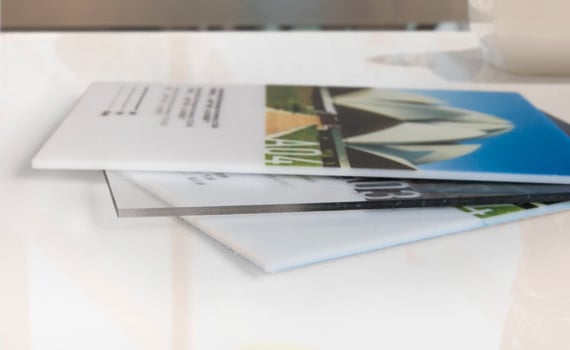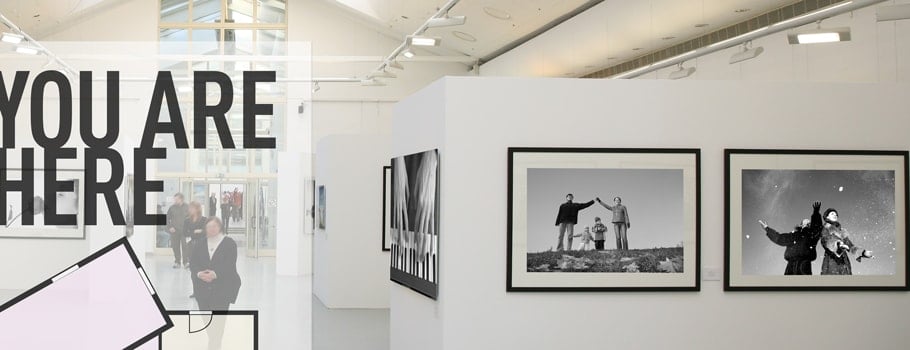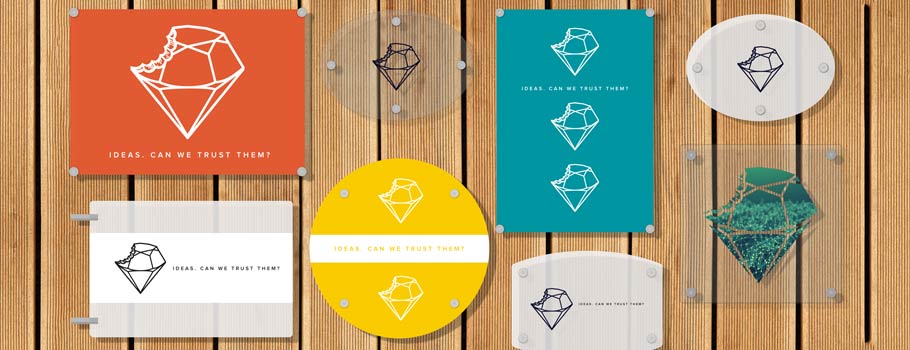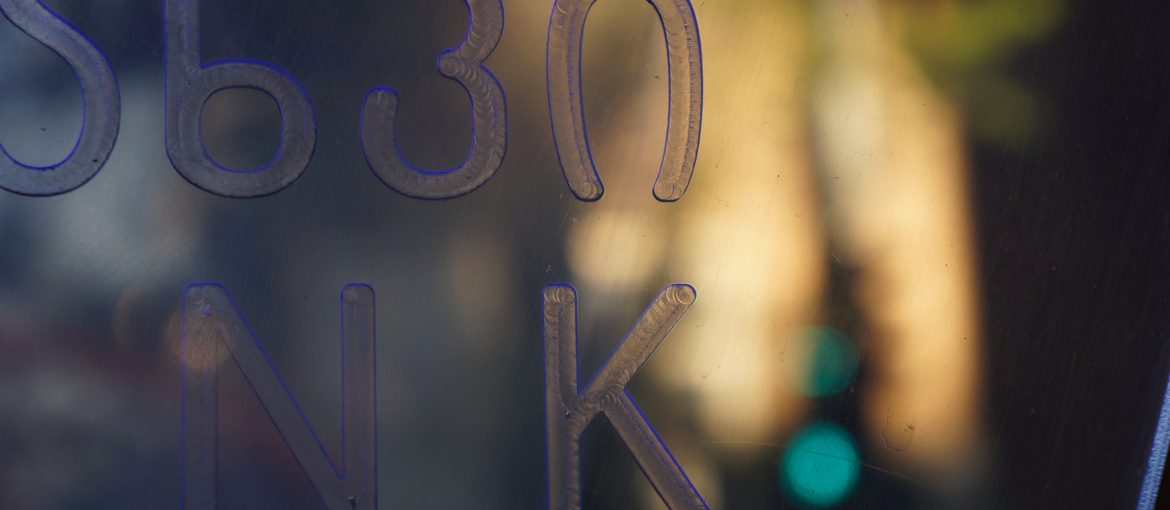When pondering the nature of plexiglass, a straightforward and accurate description would be its role as an exceptional substitute for glass. Plexiglass, a 20th-century innovation, is a translucent, indestructible, malleable, and long-lasting plastic used across various domains, notably in printing, which holds a special place in our consideration.
This article delves into plexiglass printing and its essence. For those curious about other rigid materials suitable for printing, our articles on Forex and Dibond aluminum are worth exploring.
Understanding Plexiglass

Plexiglass is crafted from methyl methacrylate polymers, a methacrylic acid ester. Officially termed polymethyl methacrylate (PMMA), it’s also recognized under several brand names, such as Perspex, Acrylite, and Lucite, among others, with Plexiglas being the most renowned and original designation.
Plexiglass stands out as a superior alternative to glass, hence its nickname, acrylic glass. It ranks among the most extensively used plastics, boasting unparalleled flexibility and a higher degree of transparency compared to glass (with a transparency coefficient of 0.93, surpassing glass’s 0.80 to 0.90 range).
However, plexiglass is prone to scratching and attracts dust, making it less ideal for scenarios involving friction or mechanical wear. Additionally, it may yellow with age.
Yet, its beneficial properties render plexiglass suitable for a vast array of applications, from architectural to biomedical and engineering fields. Of particular interest to us is its application in printing on plexiglass, a topic we’ll explore shortly. But first, let’s delve into the origins and history of plexiglass.
A Glimpse into Plexiglass’s Past
Any discussion on plexiglass must include its historical context. Like many materials ubiquitous today, plexiglass’s development traces back to Germany in the 20th century.
The concept originated with chemist Otto Röhm in 1901, but it wasn’t until over three decades later, in 1933, that he and his company Röhm & Haas, with colleague Walter Bauer’s assistance, introduced plexiglass to the market.
For those interested in material and technological history, further information on plexiglass’s invention is available here.
Printing on Plexiglass

Showcased is a plexiglass print intended for interior decoration
Plexiglass printing finds its utility in creating signs, billboards, or photos for both small and large formats. It’s a versatile option for indoor and outdoor settings, perfect for enhancing exhibition booths or home decor, or even designing a contemporary info point for your event. Plexiglass signs are also suitable for office or museum signage.
The printability and formability of plexiglass, along with its clarity, allow for creative applications in printing: from custom-shaped signs to backlit photos on opal bases.
Pixartprinting and Plexiglass Printing

Illustrated are various plexiglass plaques in different sizes printed by Pixartprinting
Pixartprinting offers a choice between large format printing on rigid substrates or plexiglass plaque printing.
For signs, panels, or photo printing, you have options regarding panel thickness (3mm and 5mm) and type (transparent for a glass-like effect or backlit opal for illumination), with customizable dimensions up to 200x300cm, alongside various standard shapes and sizes. Custom shaping of your plexiglass panel is an added possibility.
When it comes to plexiglass plaques, options include a 5mm transparent base or a backlit opal base in 3mm and 5mm thicknesses. While customization in shape is limited, there are 14 different shapes and sizes to choose from, along with a customizable rectangular format.
We always recommend carefully following file preparation guidelines and opting for file verification by an operator to ensure your design meets your needs accurately.
This discussion aims to enlighten readers about plexiglass and the benefits of utilizing it as a printing substrate. What are your experiences with this versatile material?

